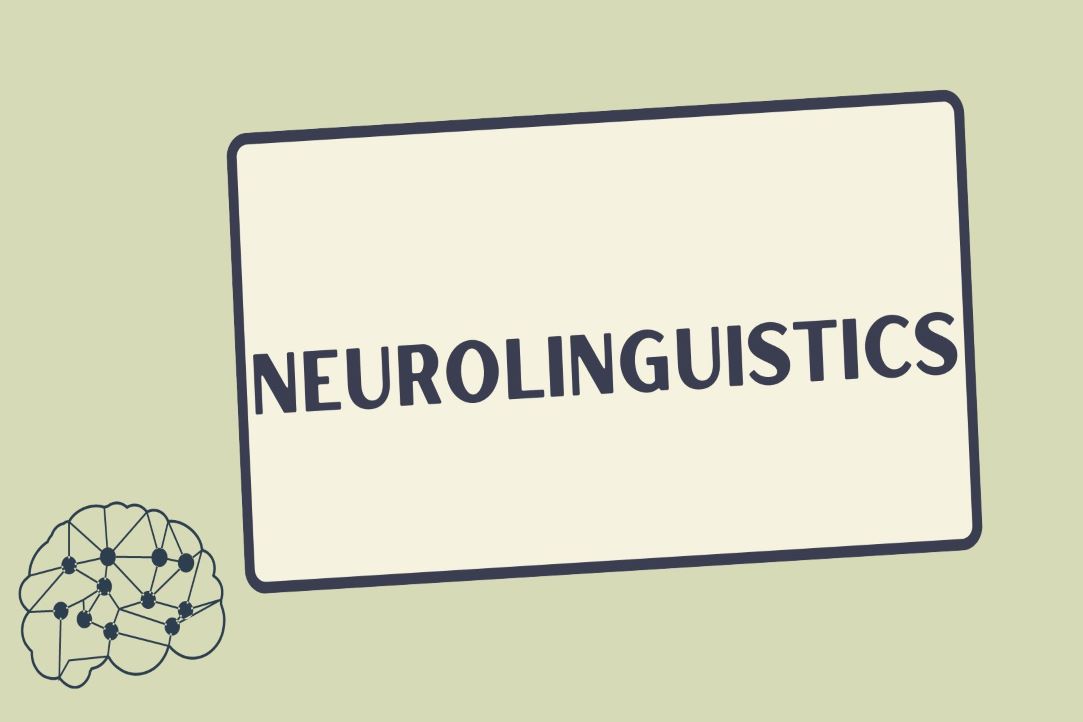What Neurolinguistics is about: Introduction
The basics of neurolinguistics are described in an interesting and apprehensible way.

So, first things first, let’s define the term “neurolinguistics”.
Neurolinguistics is the study of neural mechanisms in the human brain that control everything related to language[1]. Basically neurolinguistics = neuroscience + linguistics.
Language in the brain has been researched since antiquity. An early medical document, found in Egypt, contains 48 case descriptions and pieces of advice for physicians on how to deal with different disorders. Among these cases, there are five cases about language disorders. During the renaissance, in the 18th century, scientists also focused on language impairments looking for explanations.
The study of language changed a lot in the 19th century. This was the century when Paul Broca was carrying out his research. He was a surgeon who conducted autopsies on individuals with speech deficiencies and he was also one of the first people to draw a connection between a particular brain area and a language function. Paul Broca found out that most of the people who had problems with speech production had brain damage in the left frontal lobe, in an area which we now call Broca's area.
Later, Carl Wernicke suggested that different areas of the brain were responsible for different aspects of language. He also had a brain area named after him: Wernicke’s area is associated with speech comprehension. Although nowadays it is established that speech production and comprehension are handled not just in these brain regions and everything is much more complicated, Paul Broca and Carl Wernicke are still undoubtedly significant figures in neurolinguistic research.
Basically neurolinguistics = neuroscience + linguistics.
In the 20th century neurolinguistics as a separate field of research was beginning to appear. The Boston Aphasia Unit was established by the neurologist Norman Geschwind and the psychologist Harold Goodglass and became an important place for neurolinguistics. Besides the USA, neurolinguistic research was being carried out in Russia. Lev Vygotsky studied many diverse topics including the relation between learning and human development, learning disabilities, and abnormal human development. He formed a foundation from which his student Alexander Luria started with his research. The name of Alexander Luria is well-known among Russian people (and not only the Russians) neurolinguists. He wrote multiple books about neuropsychology and language impairments. His book "Problems in Neurolinguistics" is likely the first book with "neurolinguistics" in the title.
Neurolinguists carry out research in a variety of fields. Participants in their experiments are often individuals with developmental and acquired brain disorders, children with reading difficulties, individuals with autism spectrum disorder, and other people with language-related issues.
Methods include, for example, fMRI (functional magnetic resonance imaging) and EEG (electroencephalography). When it comes to fMRI, it has a good spatial (location-related) resolution but a relatively low temporal (time-related) resolution. This means that using fMRI it is easy to understand where in the brain something happened but difficult to figure out when exactly it happened. It is vice versa for EEG that has high temporal resolution but poor spatial resolution.
Neurolinguists publish research papers in many different journals: Neurobiology of Language; Neuropsychologia; Language, Cognition, and Neuroscience; and Aphasiology, to name a few.
Neurolinguistics is taught and studied all around the world. There are programmes dedicated specifically to it and many researchers carry out research exactly in this field. It is a multidisciplinary field and people who research neurobiology of language often collaborate with scientists from other areas of research.
To sum it up, neurolinguistics is a fascinating field that is quickly developing nowadays. There is a lot going on in this field and it involves many outstanding scholars.
Elizaveta Vilenchik
References
- Eling, P. (2015). Neurolinguistics, History of. International Encyclopedia of the Social & Behavioral Sciences. 10.1016/B978-0-08-097086-8.54037-9.
- Mendez Orellana, C. (2015). Functional MRI of Language Processing and Recovery. Thesis for PhD.
Other Topics


